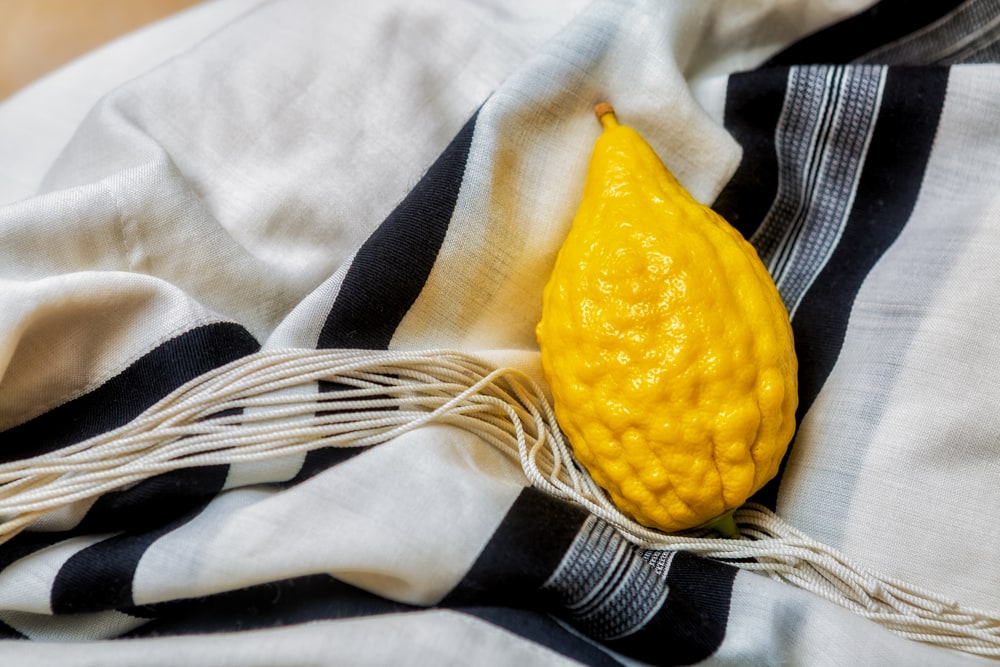
Rending the Garments: What is Keriah?
This post has been updated from its original publication date of May 21st, 2018. It has been edited for consistency and updated information on our services.
Developing meaningful memorial customs is a natural step in overcoming grief after the death of a loved one. Among those who attend Jewish memorial services, it’s common knowledge that tearing garments is an important tradition. For years, rending the clothes was a physical representation of grief. Like unveiling Jewish monuments, it offers a way to mourn. Read on to learn more about this custom and the role it plays in Jewish mourning.
What Are the Origins of This Custom?
Jewish headstones used to be constructed by hand, which made the unveiling process more significant. The exact origin of this custom is unknown. However, there are several instances of this practice in ancient texts. For example, Jacob tore his clothing after noticing that Joseph’s multicolored coat had blood on it. After hearing about the death of King Saul, David ripped his clothing. FInally, Job tore his overcoat in many instances of grief. Today, Jewish people carry on this custom. In fact, it may be as significant as designing Jewish monuments.Why do Jewish People Rend Clothes?
In Jewish culture, rending the clothes is an outlet through which to express grief. Just as the Jewish monument helps the family to remember the deceased, rending the clothes helps the family to mourn. In a way, it allows people to concentrate destructive tendencies, without causing any physical or emotional consequences. Rending the clothes also works on a somewhat symbolic level. In a way, it represents the destruction of one’s heart, as a result of this loss. In fact, this might have evolved from a Pagan tradition, where mourners would tear their flesh or hair. This would symbolize that the loss caused them great pain, and also destroyed a part of them. Less common is the Talmud interpretation of rending the clothes. This rabbi-written text presents the argument that rending the clothes allows family members to expose their heart. Because children should always love their mother and father, exposing the heart demonstrates that they can no longer perform this duty in the same manner. Just as visiting Jewish monuments allows family members to remember those who have passed, rending the clothes allows for mourning.Who Is Required to Rend Clothing?
Rending the clothing is considered to be a display of deep love, and consequently, sadness. So, generally only those who are extremely close to the deceased person rend their clothes. This includes children, parents, siblings, and the spouse. There are, however, more guidelines about who may rend the clothing. In order to maintain the significance of the tradition, people who do not understand the significance of the custom do not participate. Most people over the age of 13 are considered mature enough to participate. Minors under this age who do understand this tradition are permitted to participate. If the son- or daughter-in-law wishes to express grief by cutting the clothing, he or she may. People who are grieving the loss of a parent traditionally make this tear with their hands, rather than scissors.When do People Rend Clothing?
Much like visiting Jewish monuments, clothing rending can vary by family tradition. Some people may choose to do this after first learning about the death of the deceased. Others will do it at the burial site, before internment. Most traditionally, though, this takes place at the funeral home. Standing during this process demonstrates strength during a trial. People generally rend the garment they are wearing over other clothes– be it a jacket, vest, or something else.Exemptions from Rending the Clothing
There are several exceptions to the general rule of rending the clothing. First, people who are observing the Sabbath are exempt from rending the clothing. However, they may do so after nightfall. Those who are mentally incapable of understanding the gravity of the situation are not required to rend the clothing. Brides and grooms, who are not expected to suspend their joy for any reason, are not required to participate in this custom. Finally, those who are physically incapable of this act may receive assistance from another family member.Jewish Monuments from Fox Monuments
At Fox Monuments, we appreciate the importance of Jewish memorial traditions. Our goal is to help all families experiencing a loss through the burial process quickly and easily. We can provide beautiful and meaningful Jewish monuments that will help you to remember your loved ones.© 2024 Fox Memorials
Web Design & Development by Logic Web Media
